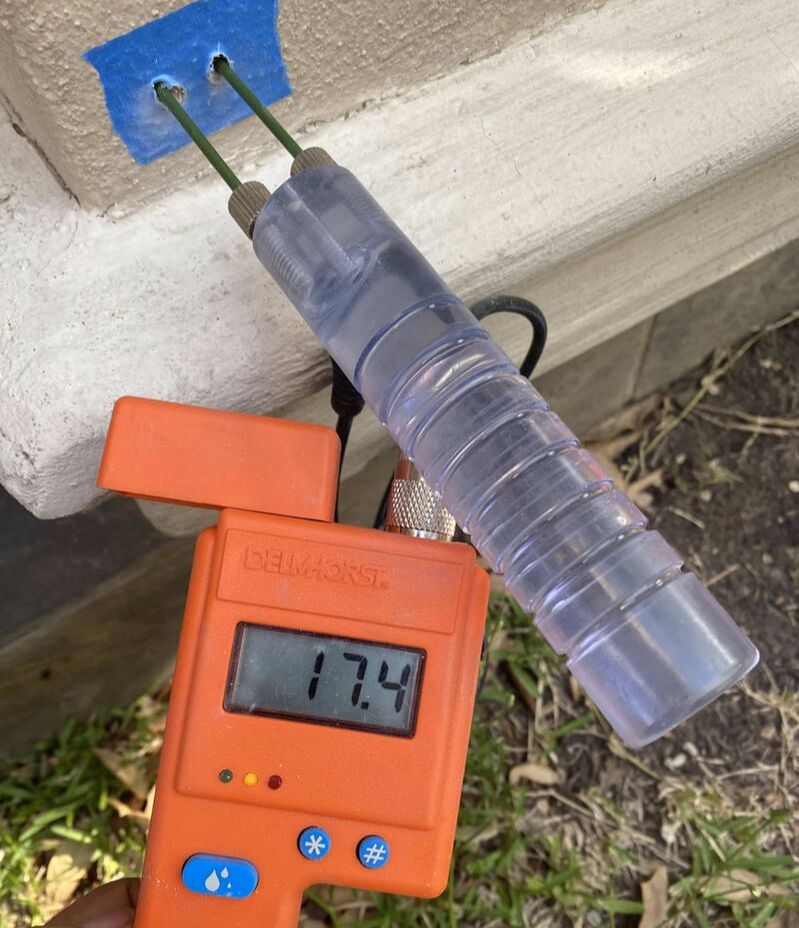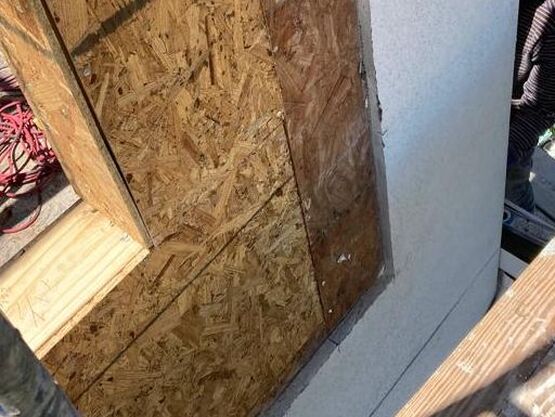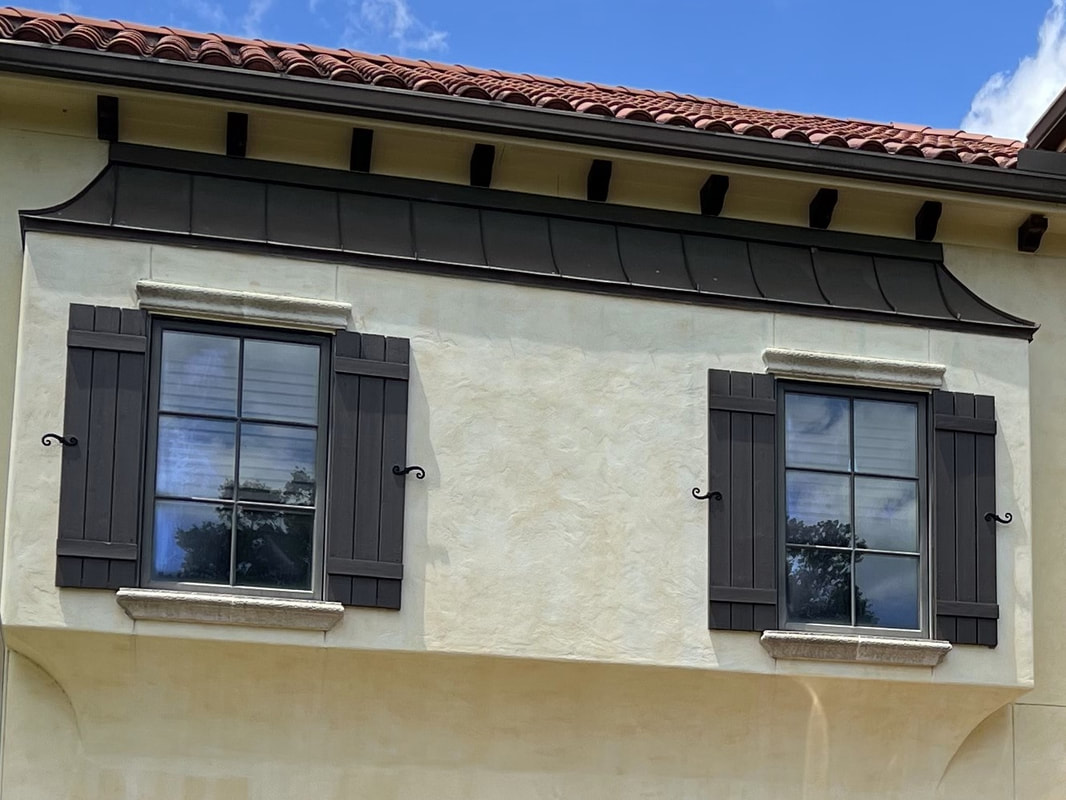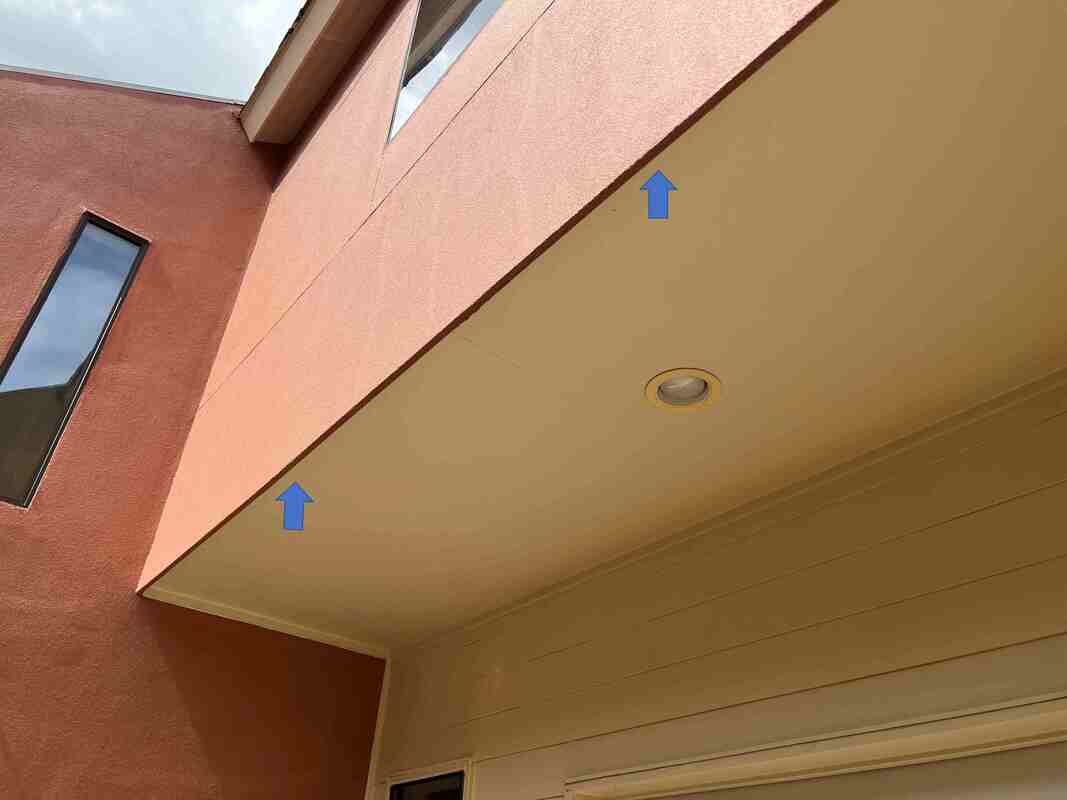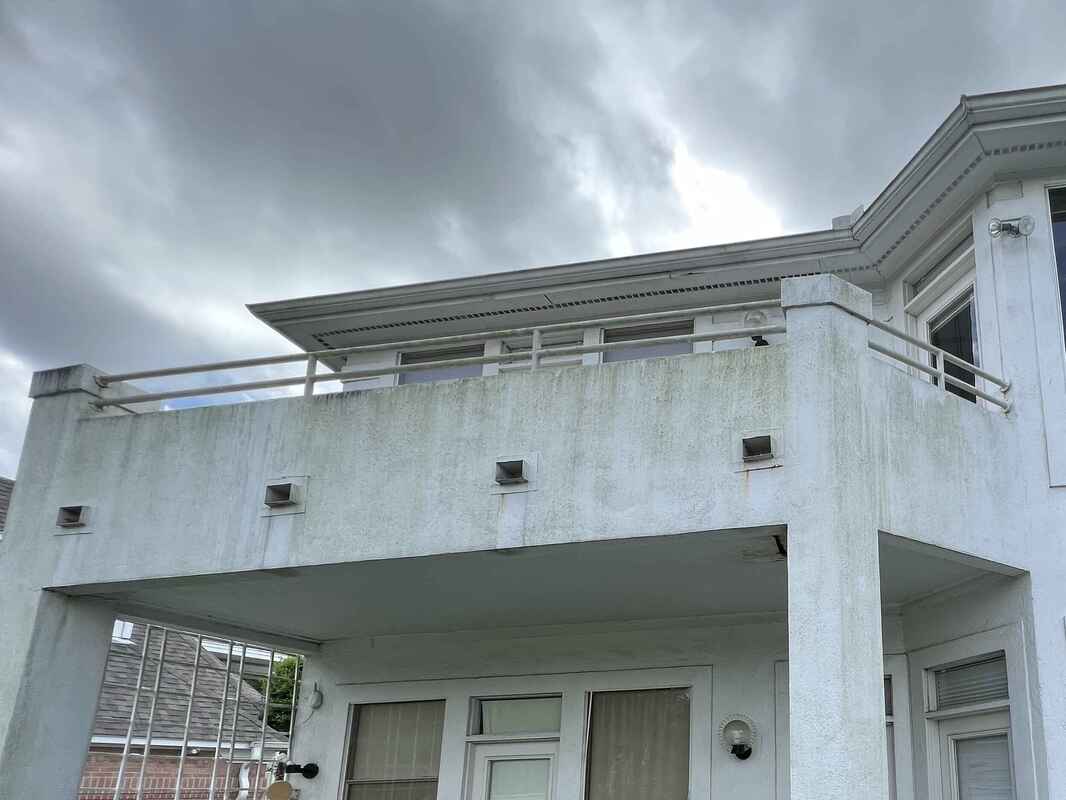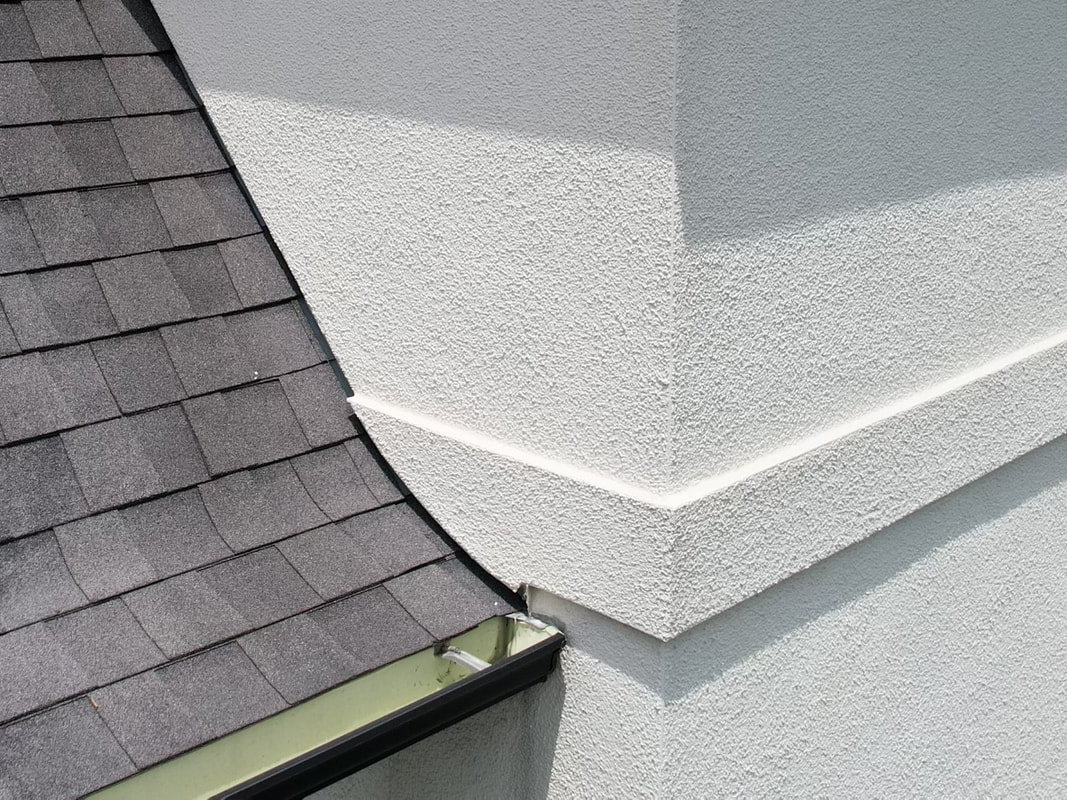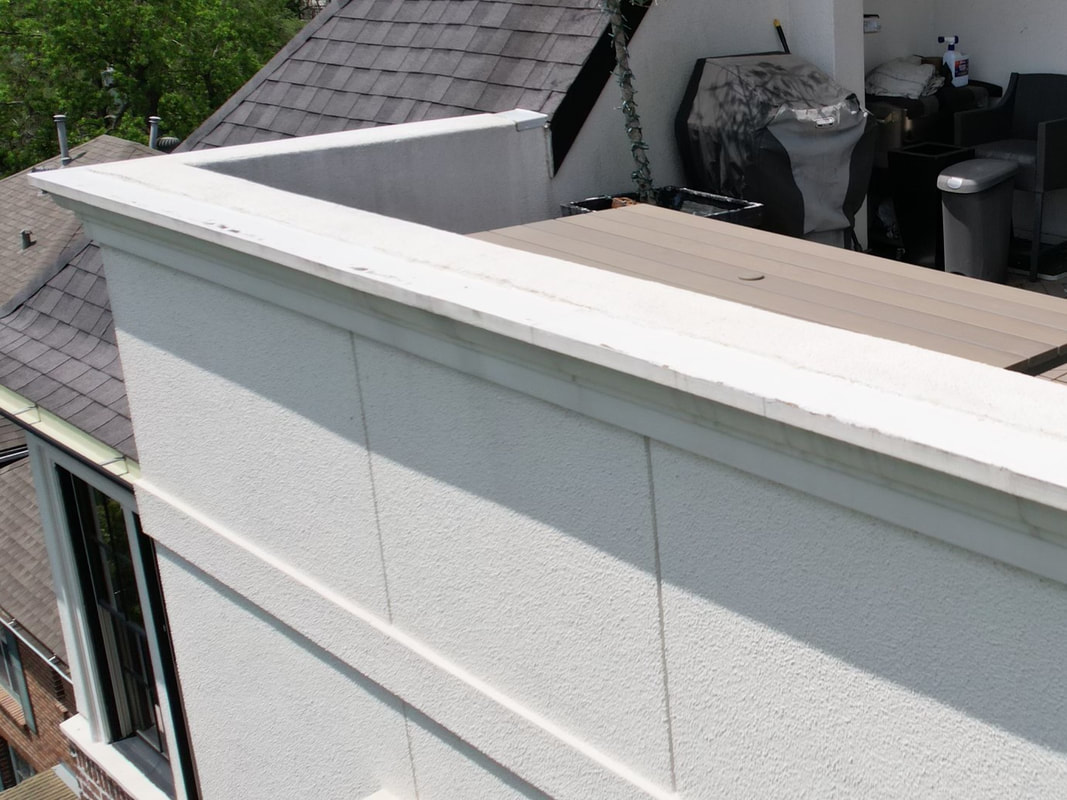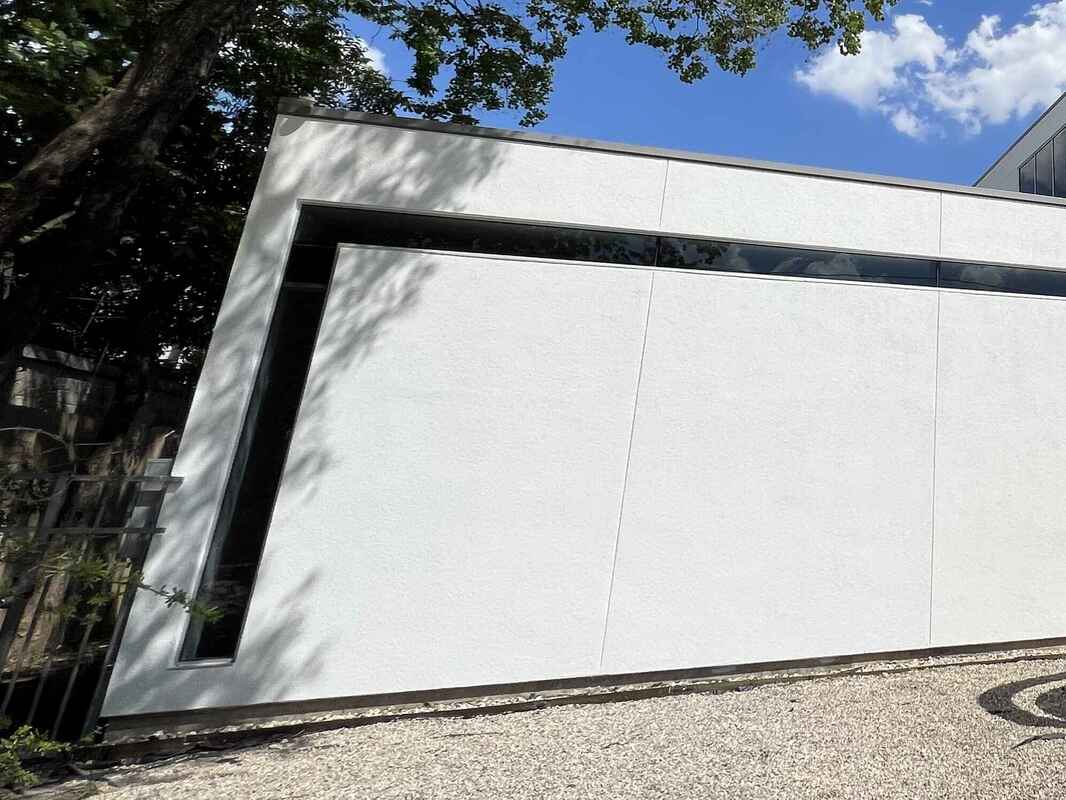Invasive Stucco Inspection in HoustonIf you are unsure of the condition of your stucco home, the best inspection you can obtain is an invasive stucco inspection. The inspection report will document areas needing further assessment or repair. Contact us today at 281-771-1565 if your home shows any signs of possible damage or even if everything appears to be in working order. Often times the damage can be lurking underneath the surface of the stucco.
An invasive stucco inspection will also reveal areas of high moisture that may need attention before major damages occur. When purchasing a home or maintaining your current home, these measurements can be an invaluable tool for making the right decisions. Whatever your needs, you can be sure we will help you assess the current condition of the stucco in your home. |
What does an invasive inspection consist of?
An invasive stucco inspection consists of drilling into the wall cavity past the stucco in order to test (1) the moisture content of the plywood within and perhaps more importantly (2) to gauge the firmness or softness of the plywood sheathing (the substrate).
Our inspector will take a hammer-action drill and make small (3/16-¼”) holes in the stucco in order to test the moisture and firmness of the substrate.
Our inspector will take a hammer-action drill and make small (3/16-¼”) holes in the stucco in order to test the moisture and firmness of the substrate.
Why is it so important for the substrate to be firm and solid?
|
The reason it is so important for the substrate to be inspected is that the true structure of the house is the framing and the sheathing behind the cladding.
Framing alone would be subject to certain shear and twisting forces due to wind and earth movement and would yield much more easily. The plywood sheathing provides necessary rigidity to the whole structure. Together the framing and sheathing are the structure of the home. The cladding is what goes on the outside such as stucco, stone, brick or siding. The way that modern homes are designed there is minimal structural benefit provided by the cladding, even when made from pretty durable materials such as cement, stones or bricks. The cladding's main purpose is to protect the home from the weather and the underlying framing and plywood sheathing are the home's structure. |
Inspection Process
Returning to the inspection process, the inspector will pick the areas to test according to experience and at random. Important areas to test would be:
|
Below windows
|
Below / on face of overhangs
|
At Balconies, Balcony Scuppers
|
|
Roof / Stucco Intersections
|
Below flat stucco
|
At stucco / ground intersections
|
Other areas to probe or otherwise report on include:
At or below overhanging weep reliefs
At or below balcony flashings
At or below kickout flashings
At or below other roof flashing intersections
At stucco, flatwork intersections
At or below cap flashings
At areas with major cracking or branched cracking
At column footings
At areas showing signs of damage such as moisture stains, paint delamination, bulging, leaks
In addition to testing, our inspector will also provide a checklist with important items that must be checked, tested, maintained or repaired.
Some of the items on this checklist would be:
Caulking at various areas such as:
Windows, penetrations, flashings, terminations, trims, bands, utilities, fixtures, doors.
Cracking - presence or lack thereof
Weep reliefs present at overhangs and all walls
Kick out, end dam and other diverter flashings present or missing
Proper clearances from other components
For a more complete list click here: Stucco Inspection Sample Checklist
The first portion of the inspection is a field inspection at the home.
The second portion of the inspection is done by the inspector upon compiling all observations, test results, and pictures into a stucco inspection report.
The report will list
the scope of the evaluation,
the limitations thereof,
the summary of areas tested usually showing each elevation of the home with a point or number to note where tests were made
A note of areas that could be severely damaged
A note of areas worth core testing for further evaluation
A checklist of items needing repair, functioning properly or that were unable to be tested
At or below overhanging weep reliefs
At or below balcony flashings
At or below kickout flashings
At or below other roof flashing intersections
At stucco, flatwork intersections
At or below cap flashings
At areas with major cracking or branched cracking
At column footings
At areas showing signs of damage such as moisture stains, paint delamination, bulging, leaks
In addition to testing, our inspector will also provide a checklist with important items that must be checked, tested, maintained or repaired.
Some of the items on this checklist would be:
Caulking at various areas such as:
Windows, penetrations, flashings, terminations, trims, bands, utilities, fixtures, doors.
Cracking - presence or lack thereof
Weep reliefs present at overhangs and all walls
Kick out, end dam and other diverter flashings present or missing
Proper clearances from other components
For a more complete list click here: Stucco Inspection Sample Checklist
The first portion of the inspection is a field inspection at the home.
The second portion of the inspection is done by the inspector upon compiling all observations, test results, and pictures into a stucco inspection report.
The report will list
the scope of the evaluation,
the limitations thereof,
the summary of areas tested usually showing each elevation of the home with a point or number to note where tests were made
A note of areas that could be severely damaged
A note of areas worth core testing for further evaluation
A checklist of items needing repair, functioning properly or that were unable to be tested
281-771-1565Give us a call if you have any questions or to be schedule an inspection with us!
Getting your home inspected is the first step in ensuring no problems are present or in carrying out much needed repairs. Call Now! |
